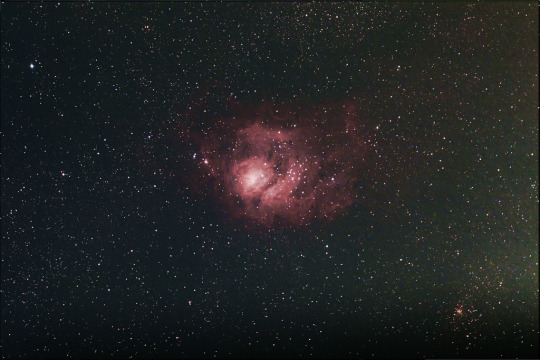Photo









What Will Happen When Betelgeuse Explodes?
“Every star will someday run out of fuel in its core, bringing an end to its run as natural source of nuclear fusion in the Universe. While stars like our Sun will fuse hydrogen into helium and then – swelling into a red giant – helium into carbon, there are other, more massive stars which can achieve hot enough temperatures to further fuse carbon into even heavier elements. Under those intense conditions, the star will swell into a red supergiant, destined for an eventual supernova after around 100,000 years or so. And the brightest red supergiant in our entire night sky? That’s Betelgeuse, which could go supernova at any time.”
One of the most sobering cosmic truths is that every star in the Universe will someday run out of fuel and die. Once its core fuel is exhausted, all it can do is contract under its own gravitational pull, fusing heavier and heavier elements until it can go no further. Only the most massive stars, capable of continuing to fuse carbon (and even heavier elements) will ever create the Universe’s ultimate cataclysmic event: a Type II, or core collapse, supernova. Stars that are fusing carbon (and up) appear to us today as red supergiants, and the brightest red supergiant as seen from Earth is Betelgeuse. Sometime in the next 100,000 years or so, Betelgeuse will go supernova. When it does, it will emit incredible amounts of radiation, become intrinsically brighter than a billion suns and and be easily visible from Earth during the day. But that’s not all.
What’s the full story on what will happen when Betelgeuse goes supernova? Come get the science today!
915 notes
·
View notes
Link
52 notes
·
View notes
Photo

Nebula Images: http://nebulaimages.com/
Astronomy articles: http://astronomyisawesome.com/
196 notes
·
View notes
Photo

Enceladus striated surface as seen by Cassini .
js
3K notes
·
View notes
Link
25 notes
·
View notes
Link
22 notes
·
View notes
Link
27 notes
·
View notes
Photo

The Soul Nebula, IC 1848, 6500 light years distant and spanning 100 light years, is embedded with several small clusters of stars. Profuse emission from a spectral line of atomic hydrogen gives this nebula its red colour
887 notes
·
View notes
Photo

18420 second exposures stacked to give whirling effect
js
3K notes
·
View notes
Photo

IC 1805 & IC 1848 // Heart & Soul Nebulae (left)
and
NGC 869 & NGC 884 // h & Chi Perseii // The Double Cluster (right)
2K notes
·
View notes
Photo

N159, an HII emitting nebula in the Large Magellanic Cloud 180,000 light years from the Sun, as captured by the Hubble Space Telescope
1K notes
·
View notes
Photo

A multi-wavelength view of radio galaxy Hercules A
js
2K notes
·
View notes
Photo

Solar mass ejection on 2013/10/08
Image credit & copyright: Jose Cabello
5K notes
·
View notes



